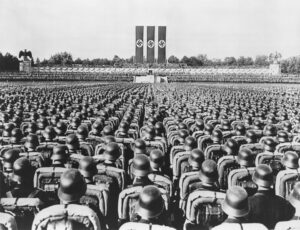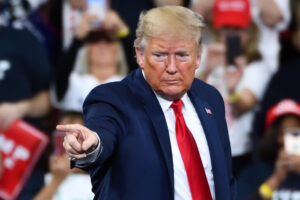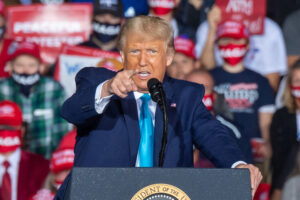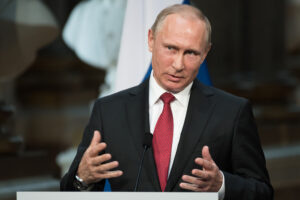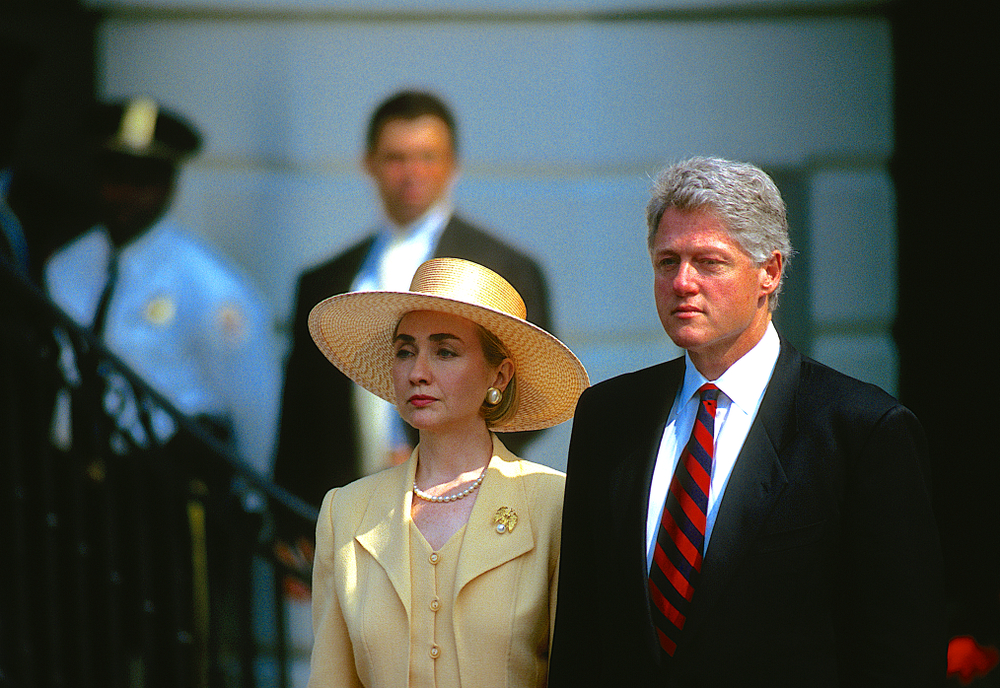
May
- May 22 – Judge Holloway says that the Secret Service agents are obliged to testify before the grand jury in the Lewinsky case while rejecting an argument that they have “protective function privilege.”
June
- June 2 – Clinton’s lawyers stop pursuing his claims of executive privilege, and the media believes it was because he didn’t want to be remembered as the first president since Richard M. Nixon who took an executive privilege claim to the Supreme Court. Lewinsky fires her lawyer and hires new ones, Jacob Stein and Plato Cacheris, who secretly discussed with Starr to reiterate that they just want things done quietly, without their client having to plead guilty for anything.
- Jun 10 – The July issue of Vanity Fair comes out, featuring some glamour shots of Lewinsky posing just like Marilyn Monroe, which does not go well in the court of public opinion.
July
- July 17 – Subpoenaed Secret Service agents reported to the grand jury, and Clinton is the next one to get served with a subpoena that compels him to testify.
- July 27 – Lewinsky gets an immunity deal after meeting with Starr’s prosecutors.
- July 29 – Clinton agrees to testify before the grand jury.
August
- August 3 – A blood sample is taken from the President, for DNA testing against stains from the blue dress Lewinsky had. The story becomes public news on August 19.
- August 6 – Lewinsky begins testifying before the grand jury, spending days in a row in interviews.
- August 17 – Clinton starts testifying to the grand jury, speaking for more than four hours on a closed circuit television. He admitted to having “inappropriate intimate contact”, but he also declares he had given accurate evidence in January. The same evening, he speaks to the nation in a televised address, and he admitted for the first time that he had indeed a relationship with Lewinsky.
September
- September 9 – Congress receives two copies of Starr’s report, which had 445 pages of the investigation and supporting evidence, which took up 36 boxes. In that report, he detailed the findings of his four-year and $52 million investigation, and it cited 11 impeachable offenses.
- September 11 – Congress releases the report to the public. Now video of Clinton’s testimony, but also transcripts between Lewinsky and Tripp are released.
- September 14 – A CC/USA Today/Gallup poll discovers that Clinton’s approval is rating up, getting at 64%. At the same time, 31% think he should be impeached, and 36% that he should resign.
October
- October 2 – Transcripts of Lewinsky and Tripp’s taped telephone conversations are released.
- October 5 – The House judiciary committee votes for an impeachment inquiry. In this particular situation, the House decides whether to charge the president with impeachment, then the Senate starts acting up as a jury, and decides to acquit or convict.
- October 8 – The House of Representatives votes to initiate an open-ended impeachment inquiry, which allows the House Judiciary Committee to decide the charges based on Starr’s report allegations. Thirty-one Democrats vote in favor of opening such an inquiry.
November
- November 3 – Surveys of voters surprisingly showed up that the majority didn’t want congress to hold the impeachment hearings, nor Clinton to resign, as his popularity remained very high.
- November 5 – Clinton is being asked 81 written questions about the independent counsel’s report. The range of questions started from: “Do you admit or deny that you are the chief law-enforcement officer of the U.S. of America?” to whether or not he gave any gifts to Lewinsky.
- November 13 – Clinton settles the appealed se*ual harassment suit with Paula Jones out of court, by paying her $850,000 and admitting nothing.
December
- December 11 – The House Judiciary committee decides to recommend impeachment. They approve two articles of impeachment, which pertain to perjury, one for lying to a grand jury and the other for his testimony about his relationship with Lewinsky, and also one about obstruction of justice.
- December 12 – Clinton says he won’t resign.
- December 16 – Clinton decides to order strikes against Iraq after Saddam Hussein refused to allow U.N. weapons inspectors to enter the country, which delayed the House impeachment vote.
- December 19 – The House of Representatives votes to impeach Bill Clinton on two of the four articles of impeachment. Clinton vows to stay in office until “the last hour of the last day of my term.” A poll finds out that there’s a record-high approval of how he handled his job.
If you enjoyed reading this article, we also recommend reading: 10 Republicans Who Were PRO Trump’s Impeachment


